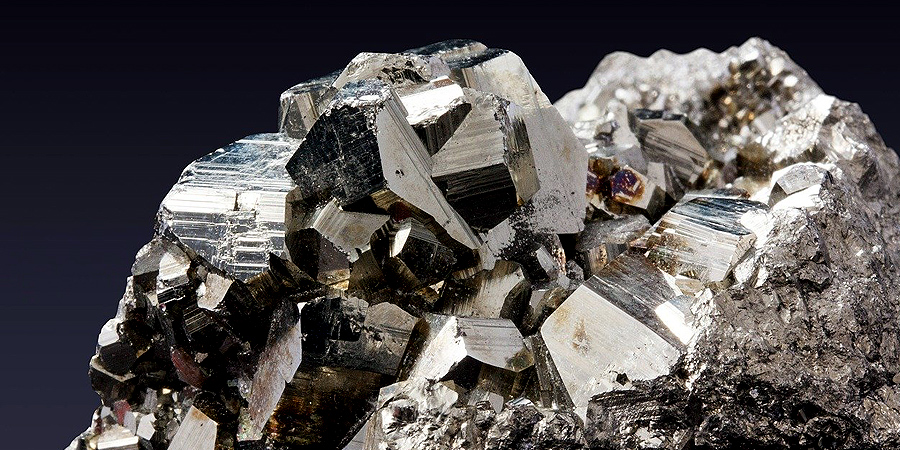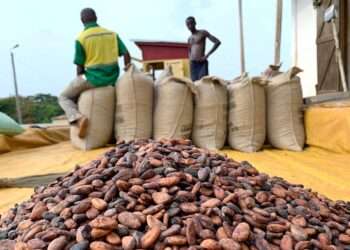The escalating tensions between Russia and Ukraine is further exacerbating the global commodities market, disrupting metals supply chain and shooting domestic prices of metals higher.
While exports of iron and steel from Russia to Ghana is quite low, as its primary market is Europe, that of Ukraine is appreciably high comparatively. Ukrainian steel mills rapidly wound down when the Russia-Ukraine crisis became full-blown. Inventory held at the mills and ports is largely declining due to a lack of civilian road, rail and shipping services.
Among the list of commodities imported from Ukraine, iron and steel are the most imported into Ghana, averaging 26 per cent in growth between 2016 and 2020 with a total value of US$56,206,000, making up 7 per cent share of imported products from Ukraine.
Imports of iron and steel into Ghana from across the world totaled US$817, 357,000 in 2020, rising by 11 per cent on average between 2016 and 2020. Of all imports of iron and steel from across the world, imports from Ukraine represented a 6.9 per cent of the share of imports in 2020. However, Ghana’s exports of iron and steel to the world, is also very negligible, as the country’s exports in 2020 was valued at US$35,311,000, rising by 4 per cent on average between 2016 and 2020.
Thus, as a net importer of the commodity, the ongoing conflict is bound to affect the global cost structure of these metals, as these supply constraints worsen, particularly in Europe, thus pushing prices higher as a result.

Factors Pushing Metal Prices High
Both Russia and Ukraine are significant metals exporters and major suppliers to the world market, and both are major exporters of metals in Europe. Russia’s exports of iron and steel to the world was valued at a total of US$16.01 billion in 2020 whereas Ukrainian exports of iron and steel to the world totaled US$7.69 billion in 2020.
Even so, with the metals industry heavily dependent on regular and cost-effective power supply to ensure increased supply flows, the rising energy costs also adds to the deepening woes of the sector, increasing prices of metal products, especially, from smelting of these metals to the production of metal artefacts.
As a major exporter of metals, the exclusion of Russian banks from the SWIFT financial payment system presents huge constraints to investments into the sector. The SWIFT ban applies to about 70 per cent of Russia’s banking activities.
In addition, logistics from Russia are gradually being hit, as some European countries have closed their air spaces to Russian air lines, as well as ban on Russian vessels carrying goods, with some dockers in European countries refusing to offload items from Russian vessels.
Nonetheless, Russia has alternative export market for its metals commodity such as China, as the country said in early last month, that it has plans to increase its iron ore output. This has potential to supply the Russian economy with liquidity for the metals sector but only minimally compared to that of Europe.
Already, the downstream petroleum market is feeling the heat from the persistent rise in oil prices, reaching record levels. This phenomenon is also raising its ugly head in the metals market, thus affecting prices of metal products.
“If you look at this crisis, there’s a whole lot of potential of unintended consequences. We’ve got very hot markets, and we are now going to really stress the global economy out. Everyone’s going to be impacted. If this goes on for much longer…the threat of that is it could collapse the market.”
Mark Bristow, Barrick Gold, CEO
Should the dust remain unsettled for a long time, prices of these commodities may continue their run as the commodities supply value chain supply disrupts further- wholesalers, retailers and consumers would bear the brunt of higher prices.
READ ALSO: MTN Ghana To Continue Its Capacity Enhancement Projects In 2022-m Selorm Adadevoh





















